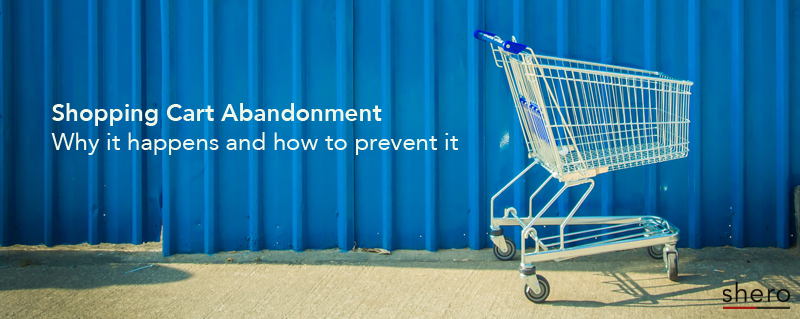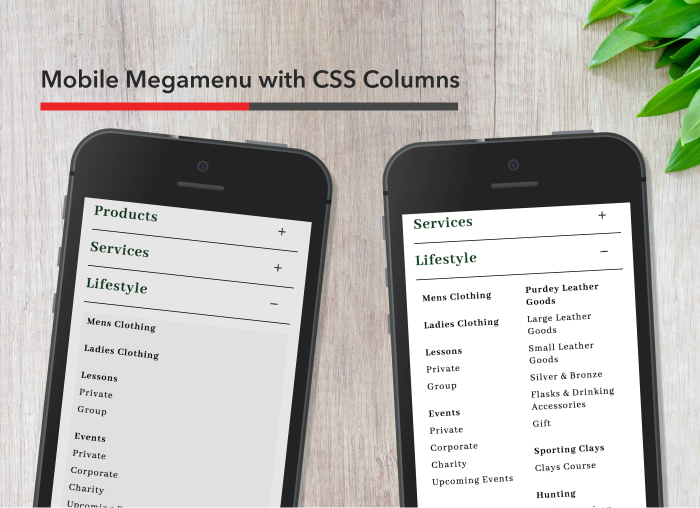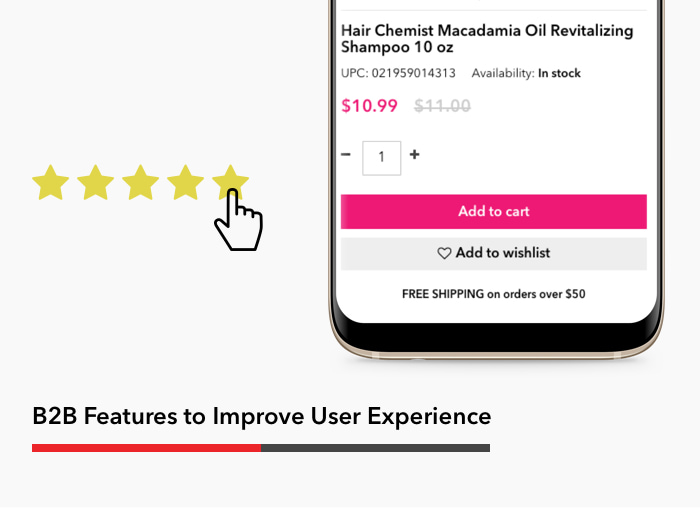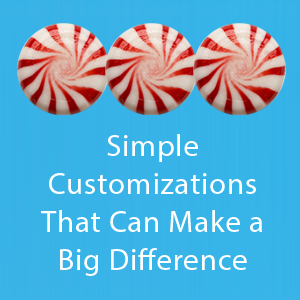The average Shopping Cart Abandonment rate is 67.89%.* We can’t eliminate all shopping cart abandonment, but we can help improve on some of the major problems that are causing customers to leave their carts. The best way to approach your shopping cart and checkout design is with these two simple concepts – easy navigation & no surprises. It’s imperative that your shoppers get through the cart and checkout process with ease. Any confusion or frustration will be detrimental to your sales, so avoid interruption or anything unexpected.
Results from surveys asking customers why they abandoned the shopping cart reveal the following reasons:
1. Unexpected Costs (56%)
Unexpected costs steer away potential customers who are confronted with fees they were not prepared to pay. It’s best to avoid any and all additional costs besides tax and shipping, unless you sell a specialty product where these extra fees are expected. It’s difficult for smaller companies to compete with larger ones like Zappos that can consistently offer free shipping or free shipping for members, like Amazon. If you can’t offer free shipping under a certain price point, make sure customers know that before they reach checkout. One popular method is to advertise “free shipping over $50” or another amount, and then include a message on the cart that reveals that the customer has either qualified for feee shipping, or can add X amount to their cart to qualify for free shipping.
Be honest about your product price, stock status and shipping policy. If you need to charge for shipping, one option is to add “plus shipping” on the product page next to the product price. This way, customers won’t experience any surprises when they incur the additional charge. Some retailers also include custom stock status to let customers know that a product will out of stock soon & help customers avoid disappointment if they wait too long to order a product.
2. “Just Browsing” (37%)
Not all shopping cart abandonment is a terrible thing. Without knowing exactly how shoppers are using your cart, it’s hard to say why they are leaving products behind. It’s extremely common for shoppers to use your cart as a Wishlist, because it gives them a chance to see the total of all the products they want to buy, but might not necessarily be ready for right now. As someone who loves shopping online, but has to stay within a budget, I find myself doing this often. I find that using the cart page as a Wishlist is easier on many stores. If you are concerned about shopping cart abandonment due to browsing, consider encouraging use of the Wishlist. Make it really easy for shoppers to add items to their Wishlist as they go, and then to examine their wish list to see totals, and narrow down items until they have complied an order that is ready to be taken through checkout. It’s difficult to force people to use your Wishlist, and old habits are hard to break. Keep in mind, though, that abandoned carts don’t always mean missed sales. Make sure that those “browsers” have every opportunity to come back and complete a purchase when they are ready. Most of them intend to return to complete a purchase.
Follow up emails are really helpful for those shoppers who are “just browsing”. Sometimes they just need a little reminder that they have a product in their cart. It’s also helpful to create a sense of urgency by letting a customer know that the item they wanted is low in stock. After multiple abandoned carts, some retailers offer discounts to encourage purchasing. Remember to make your abandoned cart emails personal, much like a helpful reminder from one friend to another.
3. Found a better price somewhere else (36%) or the overall price is too expensive. (32%)
You always try and offer the best prices for your shoppers. However, if you can’t always offer the lowest price on every product, make sure you still offer a great value and a trustworthy name. If you offer free shipping either way, make sure you emphasize this on your cart. Make sure all shoppers know that you offer live support or 24 hour customer service. Include testimonials from happy customers who had a positive experience with your brand. While keeping your prices competitive is obviously important, shoppers also value great customer service and security along with price value.
4. Decided not to buy (26%)
“Decided not to buy” seems like the most obvious reason that someone would abandon your cart. Because there is not too much you can do about this decision, the best way to handle these shoppers is to give them all the confidence they need to return to your store when they are ready to complete a purchase. Abandoned cart reminder emails can help remind these shoppers that you’ve saved their cart if they choose to change their mind.
5. Complicated navigation (25%)
Your navigation should be simple and should be designed to guide users through the store and through checkout. Remember that not all shoppers behave the same way, so it should be simple for them to find their own way and navigate throughout the store.
6. Website crashed (24%), timed out (15%) or Process was taking too long (21%)
We’ve written extensively about the ways website load speed can affect your sales and search engine rankings. A lagging cart and checkout is extremely detrimental to your sales, as shoppers rightfully lack patience when it comes to load speed, especially when they are ready to buy. A slow or glitchy connection can also make your site less trustworthy to some shoppers.
7. Don’t feel completely safe or secure (17%)
The information shared over checkout is extremely sensitive and personal. If your customers have even a slight doubt that their information will be secure and protected, they may abandon your cart. Make sure your entire checkout is HTTPS secured, and that you include a badge displaying your SSL certificate provider.
Design also comes into play here. If your site design looks old and dated, shoppers may question whether you are performing all proper maintenance for your website. If certain elements on the page are breaking or if there are dead links or images, your shoppers might begin to feel unsafe on your page, as you have obviously been ignoring routine maintenance and updates.
8. Delivery options unsuitable (16%) or desired currency unavailable (13%)
If you don’t ship everywhere or if you have products with strict shipping restrictions (like alcohol), you should let shoppers know as early as possible that you they may not be able to ship to them. Likewise, let customers know if you only offer checkout in a specific currency. This way, shoppers will avoid the frustration of adding products to their cart that they won’t be able to buy.
In Conclusion
The last thing customers want to see on your shopping cart is unexpected costs or other surprises. Your goal should be to make the cart and checkout process as easy and quick as possible. Remember that not all shopping cart abandonments mean lost sales, so following up with friendly reminders is important.
Customer Success Manager





